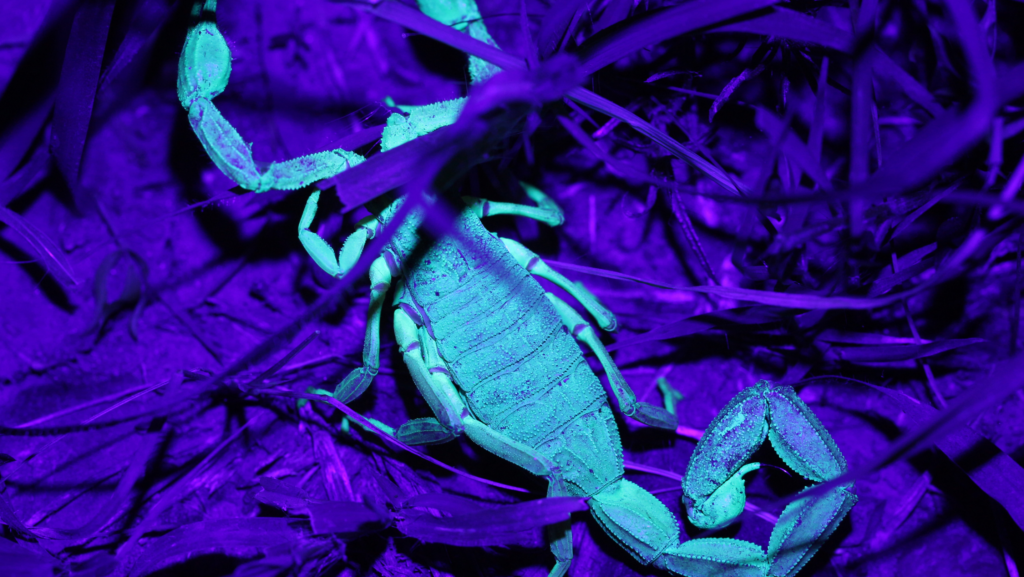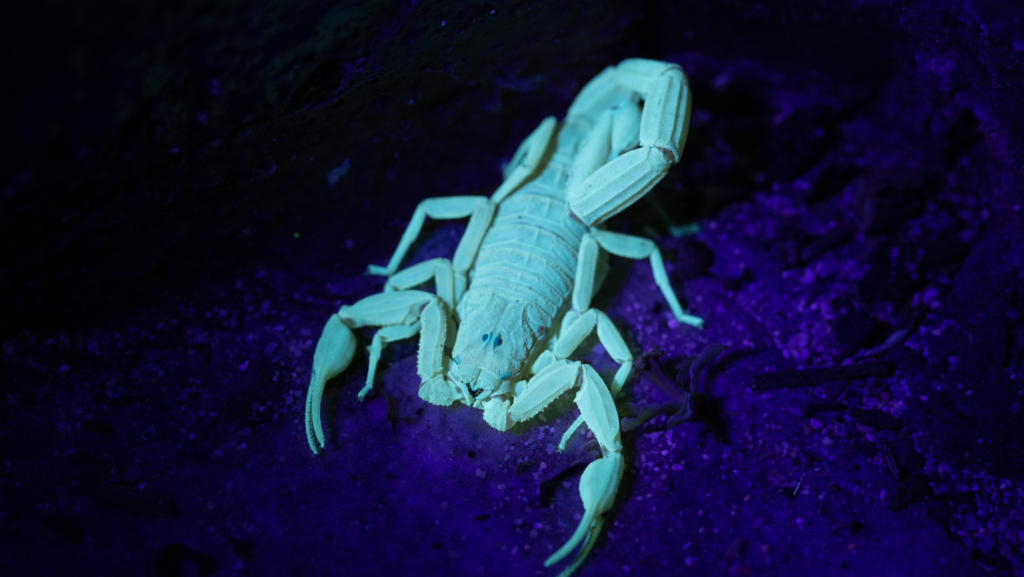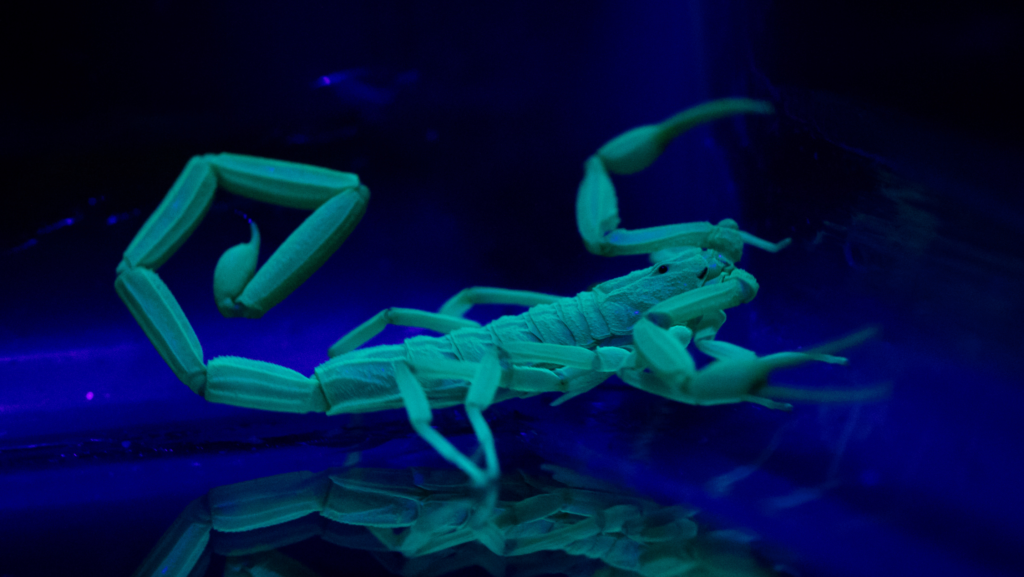The bark scorpion, scientifically known as Centruroides exilicauda, is a fascinating arachnid found in arid regions of North America, particularly in the southwestern United States and northern Mexico. Let’s explore the life cycle and various aspects of the bark scorpion’s existence.
Birth:

The life of a bark scorpion begins with its birth, which typically occurs when a female scorpion gives birth to live young. The process is unique among scorpions, as most species lay eggs. After a gestation period, the mother gives birth to a brood of tiny, translucent scorpions, usually numbering anywhere from 25 to 35 individuals. The mother, vigilant and protective, carries the young on her back until their first molt.
Growth:
As the bark scorpion grows, it undergoes a series of molts, shedding its exoskeleton to accommodate its increasing size. Molting is a vulnerable time for the scorpion, as the new exoskeleton is soft and delicate until it hardens. During this growth phase, the scorpion will become more pigmented and develop its characteristic bark-like appearance, which provides effective camouflage in its desert habitat.
Life:

Bark scorpions are nocturnal creatures, spending their days hidden in crevices, under rocks, or in other sheltered locations to avoid the intense desert heat. They emerge at night to hunt for prey, relying on their keen sense of touch and vibration detection to locate insects and other small arthropods. Bark scorpions are known for their climbing abilities and are often found on walls, trees, or ceilings in search of food or suitable shelter.
Food:
These scorpions are carnivorous predators, feeding on a diet that primarily consists of insects, spiders, and other small invertebrates. Their venomous stingers are used both for capturing prey and in defense against potential threats. Despite their venomous nature, bark scorpions generally pose a mild threat to humans, and their stings are rarely fatal. However, they can cause severe pain and discomfort.
Reproductive:

Bark scorpions reach sexual maturity at around three years of age. Courtship involves complex rituals, with males engaging in a dance-like display to attract females. Once a suitable mate is found, mating occurs, and the female stores the sperm for later use. After a period of gestation during which the embryos develop internally, the female gives birth to the young scorpions. This viviparous reproductive strategy provides the offspring with a better chance of survival in their challenging desert environment.
Death:
The lifespan of a bark scorpion varies, but on average, it can live for three to five years. The primary factors influencing their lifespan include environmental conditions, predation, and the availability of food. Despite their resilience, bark scorpions face natural predators, including larger arachnids, birds, and small mammals.
In the intricate dance of life in the desert, the bark scorpion plays a vital role as both predator and prey, contributing to the delicate balance of the ecosystem in its arid habitat.

